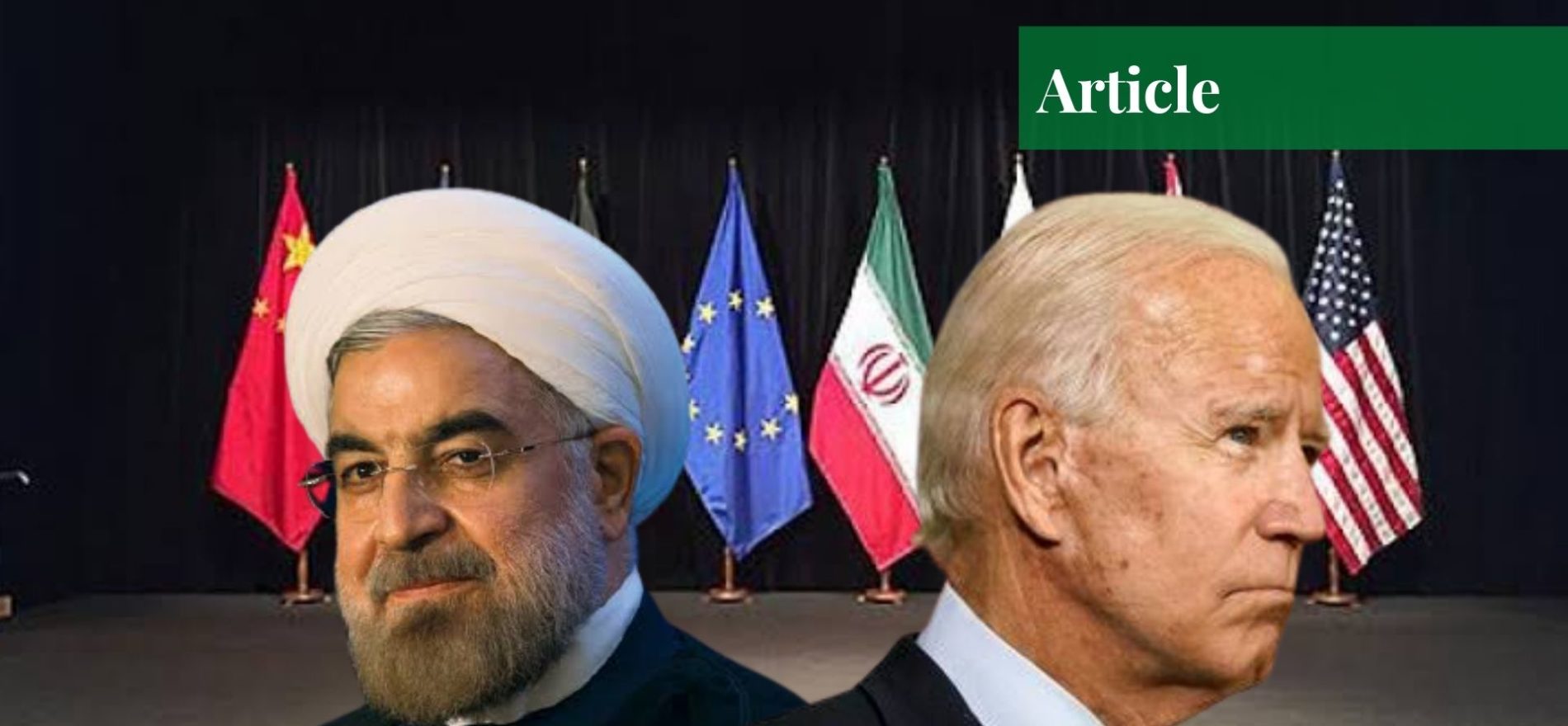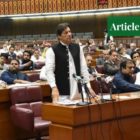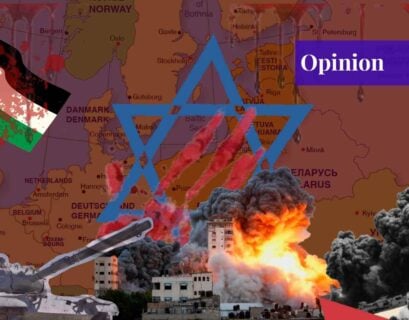JCPOA and Iran
The Iranian nuclear deal, officially known as the Joint Comprehensive Plan of Action (JCPOA), is a milestone accord reached between Iran and several powerful states, including America, in July 2015. According to the agreement, Iran agreed to destroy and dismantle its atomic program and open its facilities to more extensive examinations and inspections by the international community. In exchange, it will get billions of dollars worth of sanctions relief.
At the core of the negotiations with Iran were the five permanent members of the UN Security Council—the United Kingdom, and the United States, China, France, and Russia—and Germany. Collectively, these states are known as the P5+1. The European Union was also present during these negotiations.
Advocates of the deal claim that it would help prevent a revival of Iran’s nuclear weapons program. In this way, the chances of conflict between Iran and its territorial rivals, including Saudi Arabia and Israel, will be reduced. The deal was intended to restrict Iran’s nuclear ability in return for lifting international oil and some other financial sanctions; it was an extended process spanning over 15 to 25 years.
Background of the Deal
In light of the disclosures of an Iranian exile group in 2002, Iran was suspected of having nuclear offices; its nuclear facilities were also inspected and discovered by the International Atomic Energy Agency (IAEA). However, despite international opposition, Iran continued to proceed with nuclear developments.
In 2006, the United Nations forced sanctions on Iran. Similar actions were followed by the US and the EU and severe confrontations then broke out between the world powers and Iran. These sanctions were primarily on Iran’s oil business, monetary transactions, and weapons sales, hence, disastrous for Iran’s economy. As one of the largest producers of crude oil, prices went through a volatile and unstable period as the result was generally obscure.
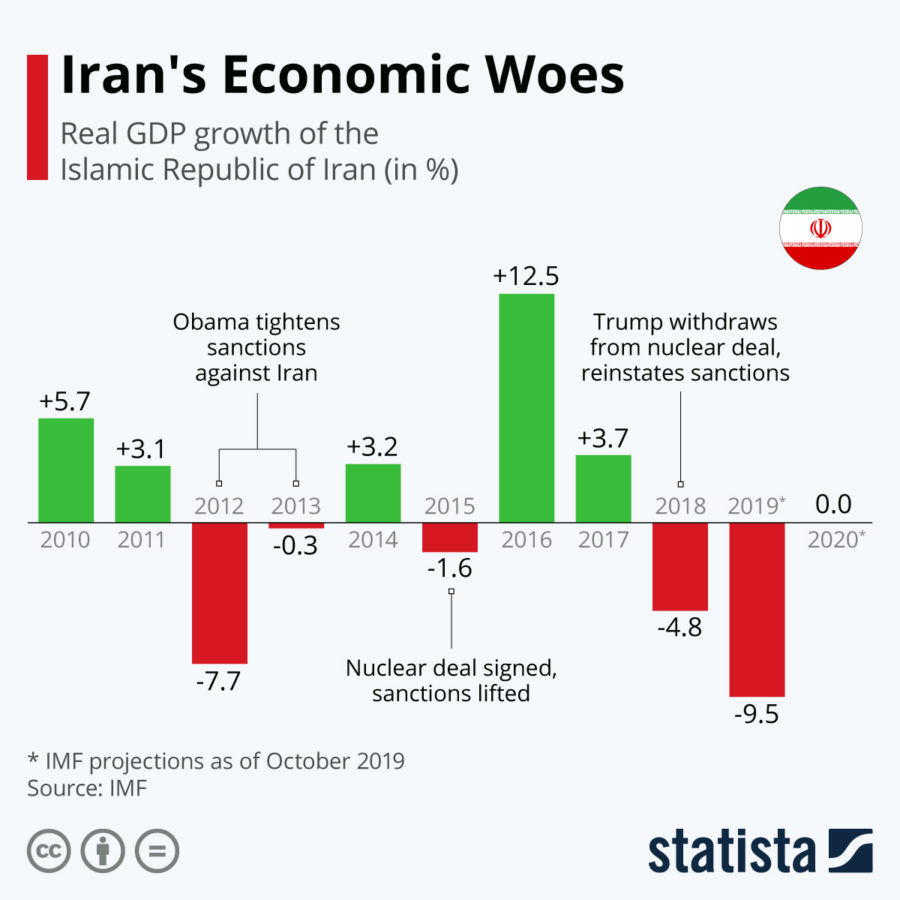
The Main Idea
According to the agreement, Tehran would minimize the number of centrifuges to 5,000, about half the number at the time, at the Natanz uranium plant. At the national level, the number of centrifuges in Iran would fall from 19,000 to 6,000 and the enrichment levels would be diminished to 3.7%, which was much lower than the 90% required for making an atomic bomb.
The reserve for the low-enrichment uranium would be limited to 300 kilograms, down from the then 12,000 kilograms, for the next 15 years. All these steps served to limit Iran’s capability to make an atomic bomb and would guarantee that nuclear power usage is restricted to civilian use only.
JCPOA in Trump’s Era
In May of 2018, President Trump declared that the US would withdraw from the JCPOA, and by the end of the year, he had restored the sanctions on Iran. On the contrary, European states like Germany, France, and the UK did not agree with the sanctions.
In addition, the American public also criticized Trump’s decision when his predecessor, Barack Obama, said that this withdrawal would eventually make the world less protected. Furthermore, the world will face a losing choice between a nuclear power – Iran – and another war in the Middle East.
President Hassan Rouhani proclaimed that his people intended to follow the terms of the Iranian nuclear deal. He also criticized Trump for his record of not respecting international treaties. On the other hand, Trump won strong support from Saudi Arabia and Israel. Israeli Prime Minister Benjamin Netanyahu praised him for his “historic move” and “courageous leadership.”
Consequently, Iran’s economy struggled, eventually leading to protests on the streets. The public responded when President Rouhani reported that the country was rolling back some of the limitations that had been previously consented to under the 2015 agreement.
In 2019, President Trump ordered to kill General Qasem Soleimani, who was one of Iran’s prominent military leaders. In response, Iran declared it would no longer obey the Iranian nuclear deal that President Obama had endorsed in 2015. In May 2019, Iran’s Atomic Energy Organization reported that it would accelerate the production of low-enriched uranium, which was then confirmed by the IAEA.
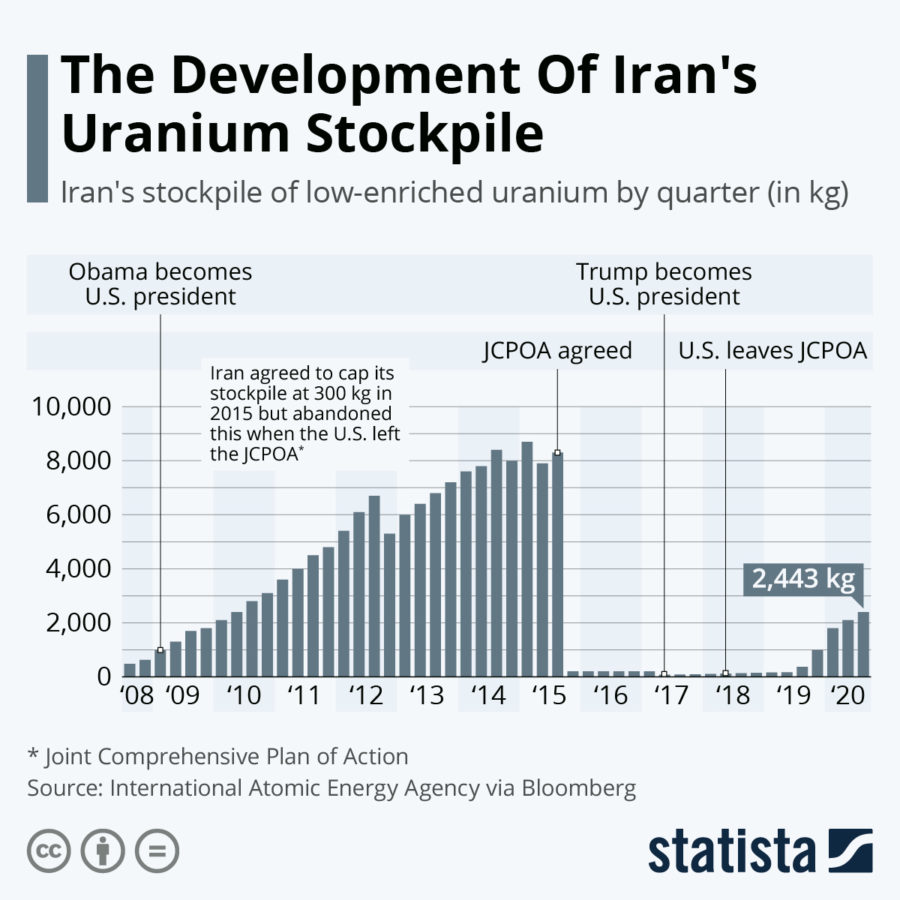
JCPOA in Biden’s Era
Trump’s successor, Joe Biden, who took office in January, has vowed to re-join the JCPOA if Iran gets back to full consistency. Be that as it may, the six remaining state parties need to observe a way for him to lift the sanctions imposed by his predecessor, and for Iran to get back to the agreed restrictions on its nuclear program. Iran has declared that it will not meet the US face to face until its conditions are fulfilled.
On the 1st of May, 2021, a session of the JCPOA on “Iran nuclear deal talks” was held in Vienna, Austria. It was the first formal meeting since Iran’s Ebrahim Raisi came out victorious in the country’s presidential election. The US does not have a spokesperson at the table in Austria because the former US president, Donald Trump, unilaterally pulled the country out of the Iranian nuclear deal in 2018. He also reinstated and expanded sanctions to try to force Iran into renegotiating the agreement with more concessions and reliefs.
However, Biden’s administration has shown willingness to rejoin the JCPOA under terms that would comprehensively see the US diminish its sanctions and Iran’s return to its 2015 nuclear agreement. In June 2021, a US commission in Vienna participated in indirect negotiations with Iran, with ambassadors and diplomats from other countries acting as go-betweens.
The Current State of Affairs
Under Biden’s administration, the US is demanding a “mutual compliance” structure to restore the deal. According to this, the US will remove the sanctions on Iran and limit the latter’s nuclear advances. However, the reality is much more complex. Iran is seeking sanction relief and on the other hand, the US is interested in containing the Iranian nuclear program. So, both parties want to revive the 2015 nuclear deal.
In addition, Biden believes that with a conservative government in Iran, it will be difficult to restore the JCPOA and so other options should be considered. However, the six rounds of negotiations in Vienna, earlier this year, have been unsuccessful in giving a suitable path for both countries. Since the transition of government in Iran in June, bargaining has been on ice. The Iranian parliament is yet to approve solid plans for resuming the talks.
A meeting was held between the International Atomic Energy Agency’s (IAEA) Director-General Rafael Grossi and the head of Iran’s Atomic Energy Organization, Mohammad Eslami, in Tehran on November 23. Grossi reported that the dialogues held in Tehran were “inconclusive” regardless of being “constructive”.
Grossi had tried to overcome the obstacles in the way of the IAEA inspections earlier this year. Moreover, he is concerned about the treatment of the IAEA staff in Iran in the inquiry of secret nuclear material at sites in the country. “In terms of the substance…we were not able to make progress,” Grossi told reporters, saying that the absence of the nuclear deal had come in spite of his best efforts.
The UN’s nuclear watchdog declared that there had been “no progress” in negotiations with Iran—on disputes over the observation of Iran’s nuclear program—just days before dialogues restart on restoring the 2015 Iran nuclear deal. Both Iran and the US have their own interests in reviving or not reviving the JCPOA.
Furthermore, it has been analyzed that there is a lack of trust between the countries. Both of them want the other country to take the first step. The US is concerned about limiting nuclear development in Iran at any cost. It is expected that the newly elected American and Iranian presidents will bring new life to the deal. However, the future of the JCPOA is still unpredictable as there is no improved development.
If you want to submit your articles and/or research papers, please check the Submissions page.
The views and opinions expressed in this article/paper are the author’s own and do not necessarily reflect the editorial position of Paradigm Shift.
